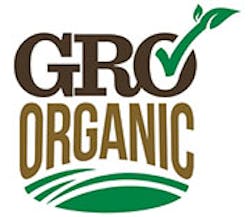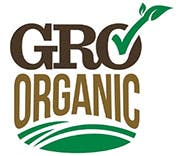Organic sector petitions USDA for check-off
In a groundbreaking move for the nation’s organic sector, the Organic Trade Association (OTA), in collaboration with the GRO Organic Core Committee, formally petitioned the US Department of Agriculture (USDA) to begin steps to conduct a vote on and implement a research and promotion check-off program for the organic industry.
OTA’s action reflects three years of dialogue with the entire organic sector and comes 25 years after Congress authorized USDA’s National Organic Program. Marking the first time in the 49-year history of US agricultural check-off programs that organic could be recognized as a distinct commodity class based on production practices, it could have significant ramifications for the organic sector.
The proposed organic check-off has been designed to solve what hasn’t worked in other research and promotion programs, emphasizes what has worked, and creates an innovative program tailor-made for organic.
This proposal estimates the organic check-off, referred to as GRO Organic (Generic Research and Promotion Order for Organic), could raise more than $30 million a year to advance the organic sector. OTA led the drive to explore the feasibility of an organic check-off, gathering information over three years throughout the United States in town hall meetings, panel discussions, surveys, and phone calls.How GRO Organic would work:
•The Check-off Board would be made up of 50% producers and 50% handlers.
•Producers will directly select their regional representatives through direct balloting.
•A referendum is required every seven years to decide whether or not to continue the program.
•Every single certificate holder subject to an assessment will have a direct vote—there is no bloc voting.
•Assessments would be made throughout the value chain: producers, handlers, and processors, reflecting the full-chain production system.
•Organic producers would have the option of paying an assessment based on net organic sales or producer net profit, whichever they prefer.
•Farmers and handlers with gross organic revenue below $250,000 will choose whether or not to pay into the program.
•At least 25% of funds would be earmarked for research, including regional priorities.
•All of the research, inventions, and innovations resulting from organic check-off programing would remain in the public domain.
After USDA completes its review of the application, an official proposal for an organic research and promotion check-off program will be published in the Federal Register, followed by a public comment period. The final step will be a referendum on the proposed check-off, with all certified organic stakeholders eligible to vote. Approval by a majority of the organic stakeholders voting is required for implementation.
A summary of the proposal and a copy of the full application can be found at www.GROorganic.net.

